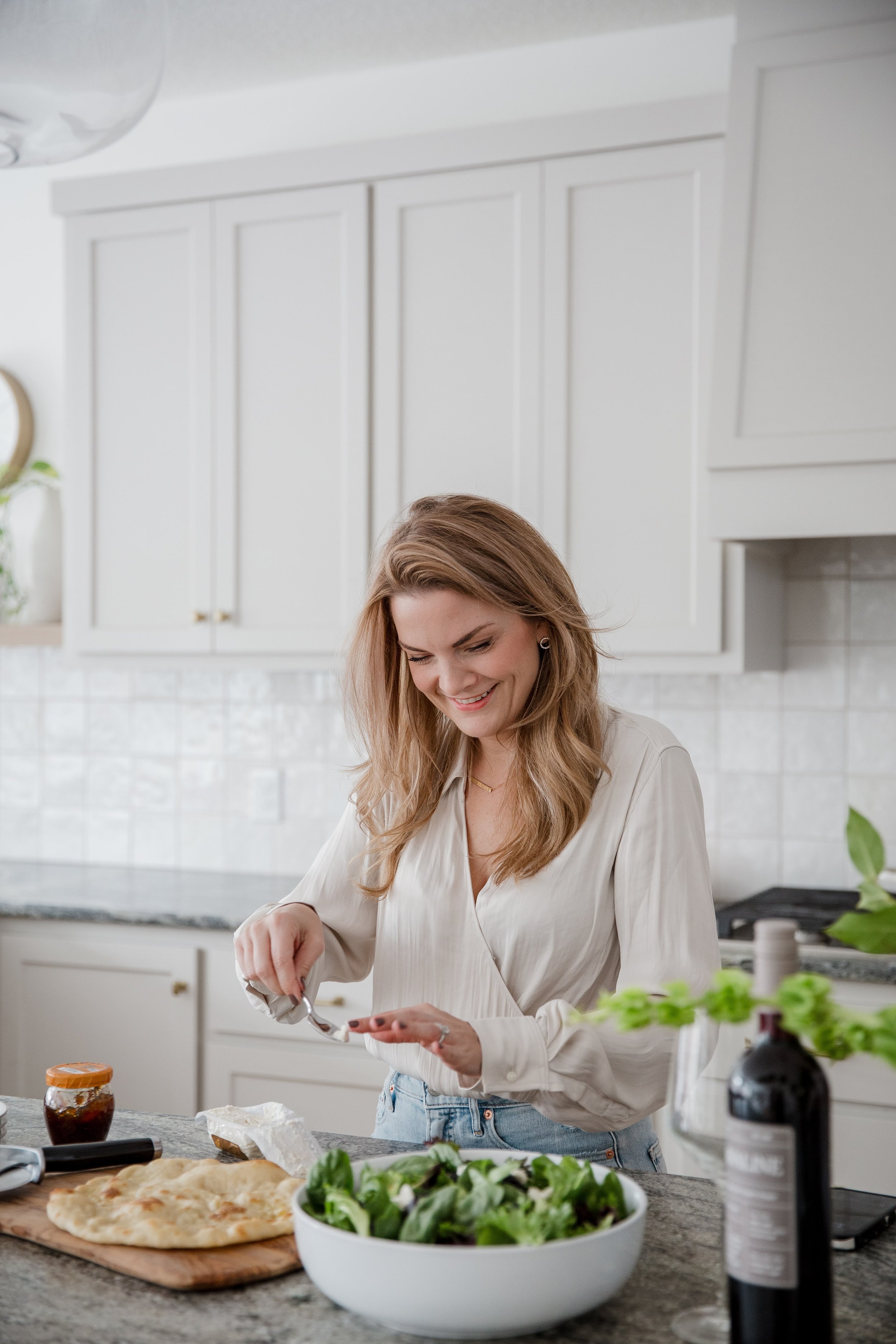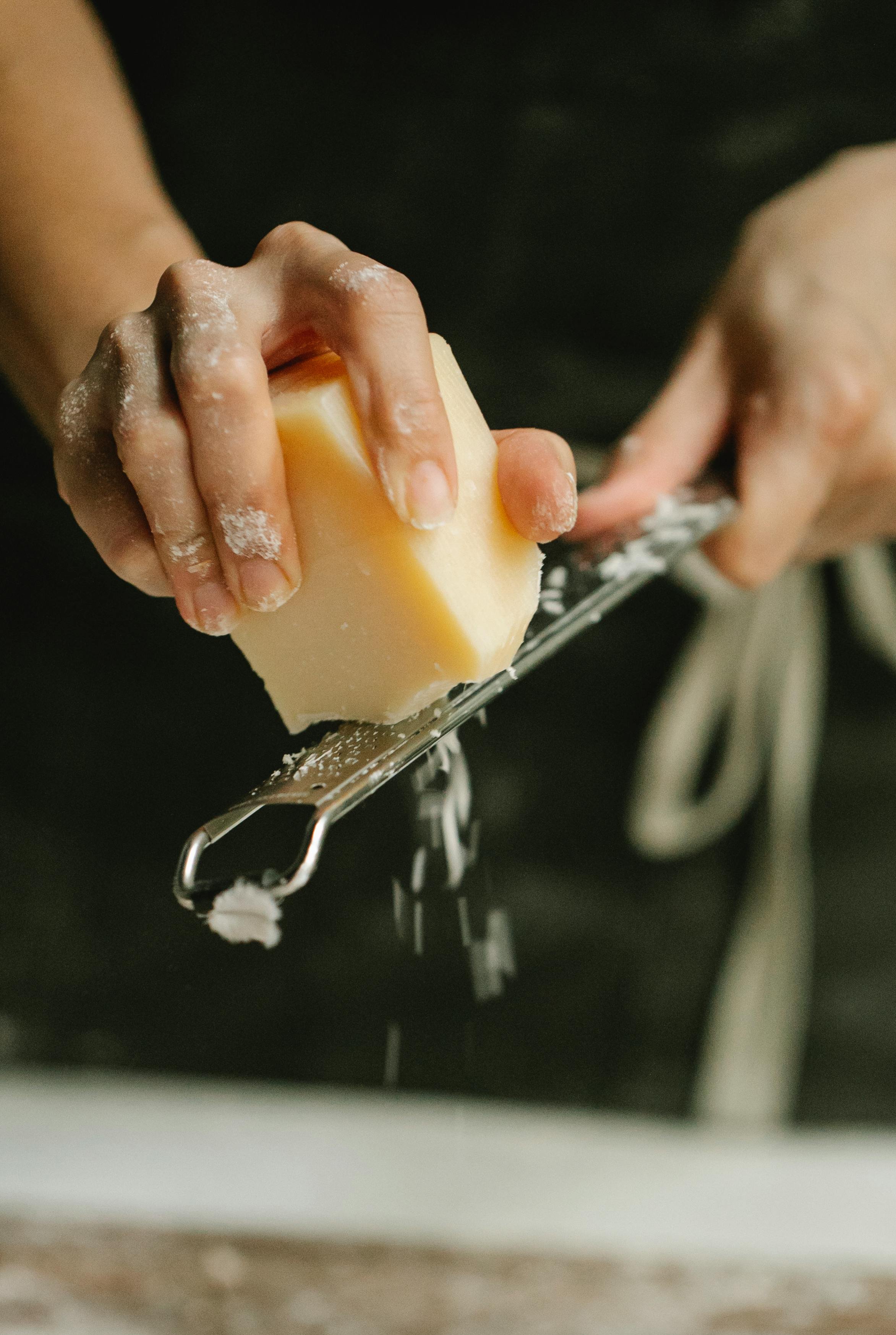
Master everything from fundamental techniques to classic recipes.
Knife Skills
Learn the essential techniques for how to chop, slice, dice, mince, and julienne.
Seasoning 101
Learn why seasoning food is an essential part of cooking.
Adding Acid 101
Learn how adding acid to food can elevate flavors and balance dishes.
Incorporating Fresh Herbs
Learn how to build flavor by combining different herbs to your dishes.
How to Cook Crab Legs
Discover 5 different ways in which you can easily make crab legs at home.
Simple Seafood Techniques
Learn the methods on how to properly cook a variety of seafood.
Season Steak Properly
Learn how and when to salt a steak for optimum flavor results.
Perfecting Risotto
Learn how to build and develop flavor in this slow cooking delicacy at home.
Wild Blueberries Are Healthier
Wild blueberries have two times more antioxidants than ordinary blueberries. And they're jam-packed with anthocyanins, which give them their deep purplish color, and have been shown to fight inflammation.
Artificial Food Dyes Renamed
Food dyes are now being listed under different names on labels, making it harder to know what you’re consuming. Learn more by clicking the image.
Pre-Shredded Cheese vs. Block
Pre-shredded cheese contains up to 4% sawdust called cellulose. It's an additive that interferes with proper melting. Block cheese has less preservatives and is all around healthier. Do this extra step for better taste and general outcome!
Not All Agave is the Same
There are several agave varieties to choose from. Agave nectars are sold in light, amber, dark, and raw varieties.
Buy Quality Olive Oil
Look for olive oils that have a single origin, cold-pressed, organic, certified by reputable organizations, such as the International Olive Council (IOC), and preferably in a glass bottle. 80+% of olive oils are cut with seed oils!
Look for Organic Wine
Winemakers aren’t legally required to disclose all ingredients. There’s no obligation to tell you how the grapes are grown, or to list the 70+ additives used to alter the taste, color, and mouthfeel. Europe has better practices for winemaking than the US.
Bake with Metal Clips
Metal clamps are a baking sheet’s best friend - or a dishwasher’s. Either way, cleanup is a breeze. To cook perfect bacon: Line bacon on a baking sheet with parchment and place in a cold oven set at 425°F. Set a timer for 20 minutes!
Wash Your Berries
Add berries to a large bowl with 3 cups water + 1 cup vinegar. Let sit for 10 mins. Rinse and let fully air dry before storing in an airtight container in the fridge. They’ll stay fresh for 2-3 weeks!
Storing Potatoes & Onions
Store potatoes and onions in a cool, dry, and well-ventilated place, but keep them separate from each other. Storing them together can cause them to spoil more quickly.
Defrost Meat in 1-3 hours
When you need to quickly defrost meat, the best method is using cold water. Place the meat in a leak-proof plastic bag to prevent water from getting in. Submerge and change water every 30 mins until thawed.
5 Ways to save cash and time with these smart tricks to keep your produce fresh:
Apples: Soak slices in salt water
Sliced apples are a convenient snack or delicious salad topper, but browned leftovers aren’t appealing. Before storing, soak apple slices for 5 minutes in a bowl of cold salt water to prevent oxidation (but no more than ½ teaspoon of salt per quart of water, or you’ll taste it in the fruit). After 5 minutes, pat dry and store in the fridge in an airtight plastic bag.
Tomatoes: Keep out of the fridge and stem side down
To store tomatoes correctly, avoid tossing them in the fridge. Tomatoes do not like the cold so if you keep them in the fridge, they’ll lose their ideal flavor and texture. Place them on the counter stem side down, as this part of the fruit is the last to ripen.
Melons: Cut into large slices
The best way to store melons like watermelon, cantaloupe and mangoes is to cut them into large slices. After they’re cut, wrap them in plastic wrap and place in the refrigerator. Make sure to keep an eye out on those cantaloupes. They will continue ripening after you buy them from the store.
Carrots: Store with water
To avoid that dried-out look old carrots tend to get, put the carrots in a container filled with water, cover, and store in the refrigerator. Fresh carrots will last about 3-4 weeks in the fridge.
Potatoes: Store with apples
Apples produce ethylene gas that can keep your spuds fresh for more than eight weeks. Just make sure that you don’t store potatoes near onions!
What is Whole30?
30 days to radically transform your health, habits, and relationship with food.
Will it be hard? Probably. Will it be worth it? Absolutely.

























